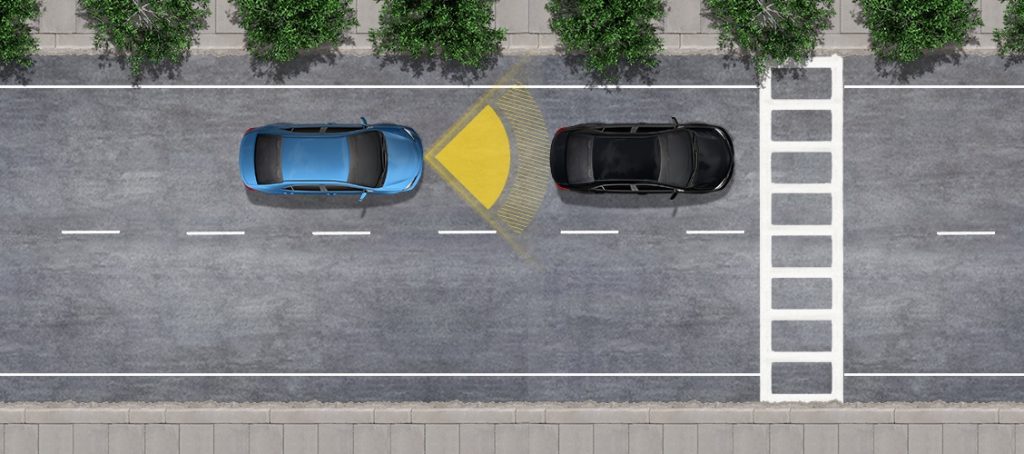
Automatic Emergency Braking is becoming more popular but this increase in popularity is leading to increased instances of phantom braking and rear-end crashes.
Correction: This story has been updated to name the source of the new report.
Automatic Emergency Braking Systems have rapidly increased in availability with more vehicles coming equipped with the technology. While it has rapidly become a valuable tool in reducing accidents and crashes. However, a new report suggests that “phantom braking” is causing a surge in crashes and recalls.
Automatic Emergency Braking has played a key role in reducing accidents with the technology giving drivers a tool that can help them brake sooner which helps reduce accidents and fatalities with many studies proving that there is an enduring benefit when it comes to improving overall vehicle safety and reducing accident fatalities.
However, the technology is not perfect and a prominent flaw in AEB is fueling a surge in other types of crashes and recalls, according to Consumer Reports, as automakers attempt to eliminate the bugs in Automatic Emergency Braking and defeat the problem known as “Phantom Braking.”
Phantom braking is becoming a growing problem

These instances of phantom braking are not going unnoticed with the NHTSA recording over 400,000 complaints related to phantom braking.
Phantom braking has been an enduring problem in AEB systems for years with the issue causing the Automatic Emergency Braking system to falsely detect an obstacle in front of the vehicle which causes the vehicle to brake abruptly in situations where it doesn’t need to be applied. This can create a dangerous situation not only for the driver who might be spooked by the sudden application of the system, but also for vehicles behind the driver with the false applications increasing the risk of rear-end collisions due to the vehicle suddenly stopping in front of them.
The National Highway Traffic Administration has received its fair share of complaints about phantom braking with the NHTSA confirming that ti has received over 400,000 complaints from drivers about their AEB systems experiencing Phantom Braking events. It’s not known how many of these complaints involve Tesla products which use a similar AEB system in their AutoPilot feature, but the growing number of complaints shows that the agency is taking the issue of phantom braking very seriously.
More Automotive Safety Stories
- J.D. Power Study Reveals Drivers Can be Overwhelmed by Technology
- Insurance Institute for Highway Safety Names Its Safest Cars for 2024
- Tesla Autopilot Has Critical Safety Gap, Federal Investigation Links Feature To Hundreds Of Crashes
What can be done to address this problem?
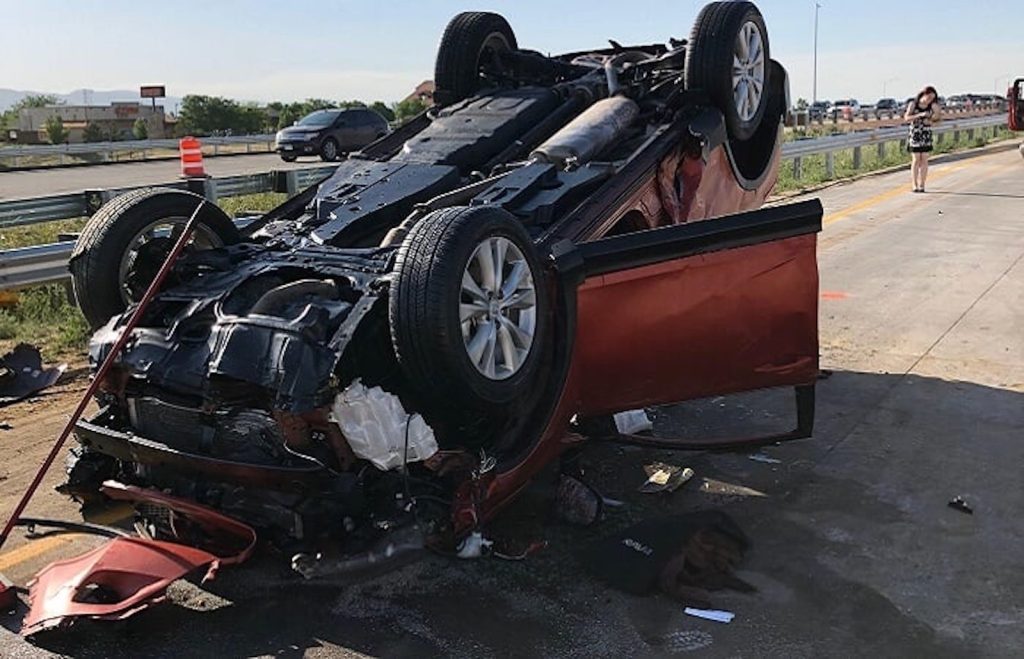
Automakers are attempting to address these problems with recalls but consumers also have to learn to not be overly dependent on these systems either.
Phantom braking is a very serious issue, but the solution to fixing it is not as simple as it seems. Automakers are doing their best to solve these issues by recalls when the problem arises. Subaru for example announced a recall in 2019 for over 1.3 million vehicles due to faulty AEB systems while other automakers have announced similar campaigns over the years. Many of the recalls focused on bad hardware, but sometimes, phantom braking can be caused by faulty software giving incorrect data to sensors and other components of the AEB system.
With the automakers doing their best to solve the issue of phantom braking, it ultimately falls on consumers to do their part in addressing the issue too. That comes in the form of not being overly reliant on the system for daily commuting and instead thinking of it as a secondary tool alongside common sense driving habits. That includes being vigilant about your surroundings when you’re on the road and being prepared to take control of the vehicle especially if the AEB system either doesn’t register the danger ahead or activates prematurely.

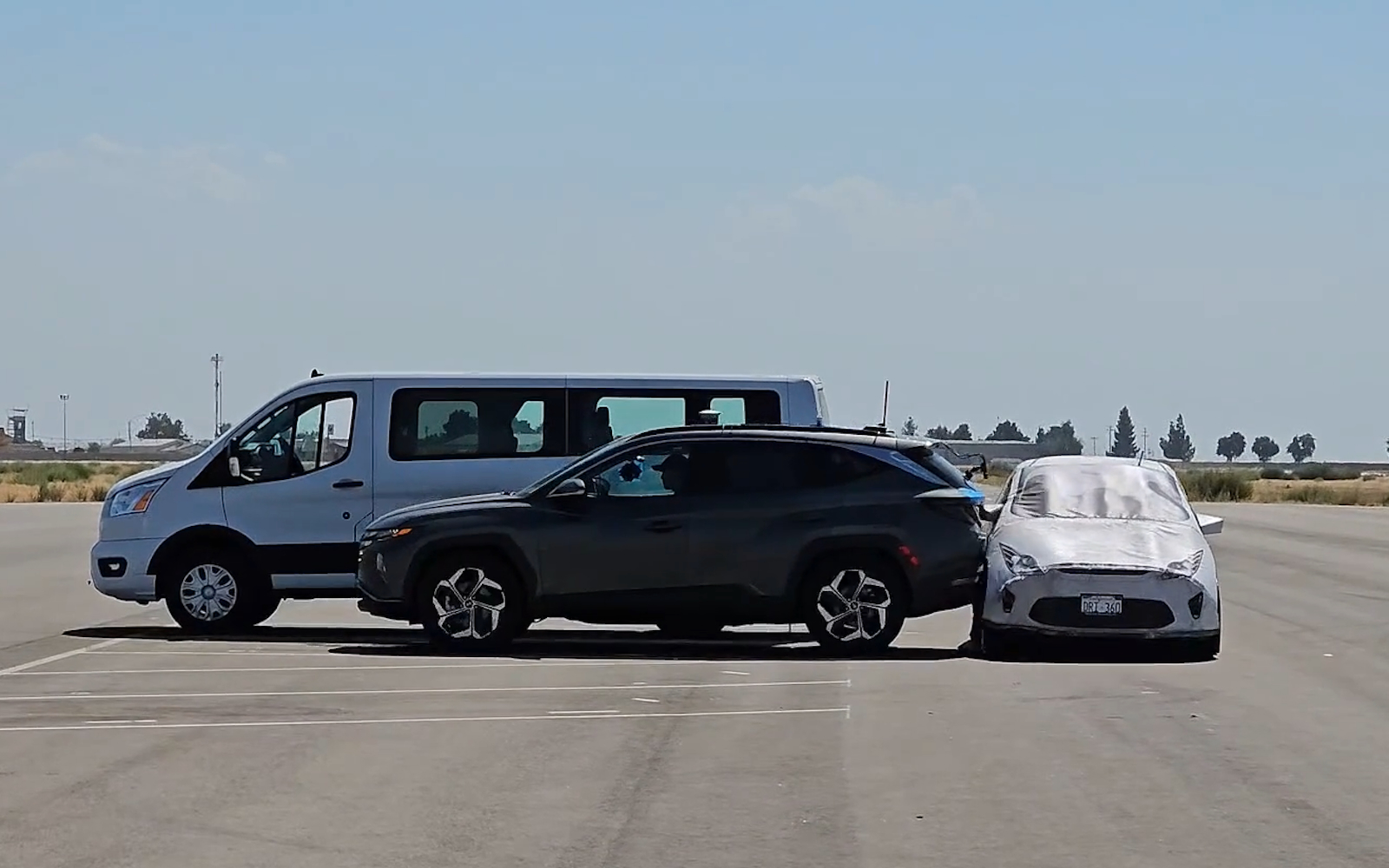

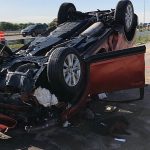


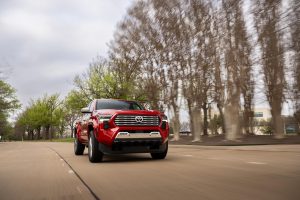
What do you expect? The automakers are ‘forced’ to install technology that is way too advanced for their ‘metal-bender’ mentallity, designed by lowest bid suppliers, installed by assembly line dunces, serviced by shade tree mechanics, and driven by ignorant slobs. What can go wrong?
Keep in mind the typical US driver could not program their memory seats, what do you expect.
Drop all the BS mandated ‘safety’ and ‘convenience’ features and get back to designing/selling cars that are not supercomputers on wheels.
While hardware & software potential causes has been noted, I’m curious if any of these instances are caused by dirty sensors at the time ie radar cover glass, camera lenses / windshield etc. SW supposedly accounts for this but one wonders ‘up to what point’?